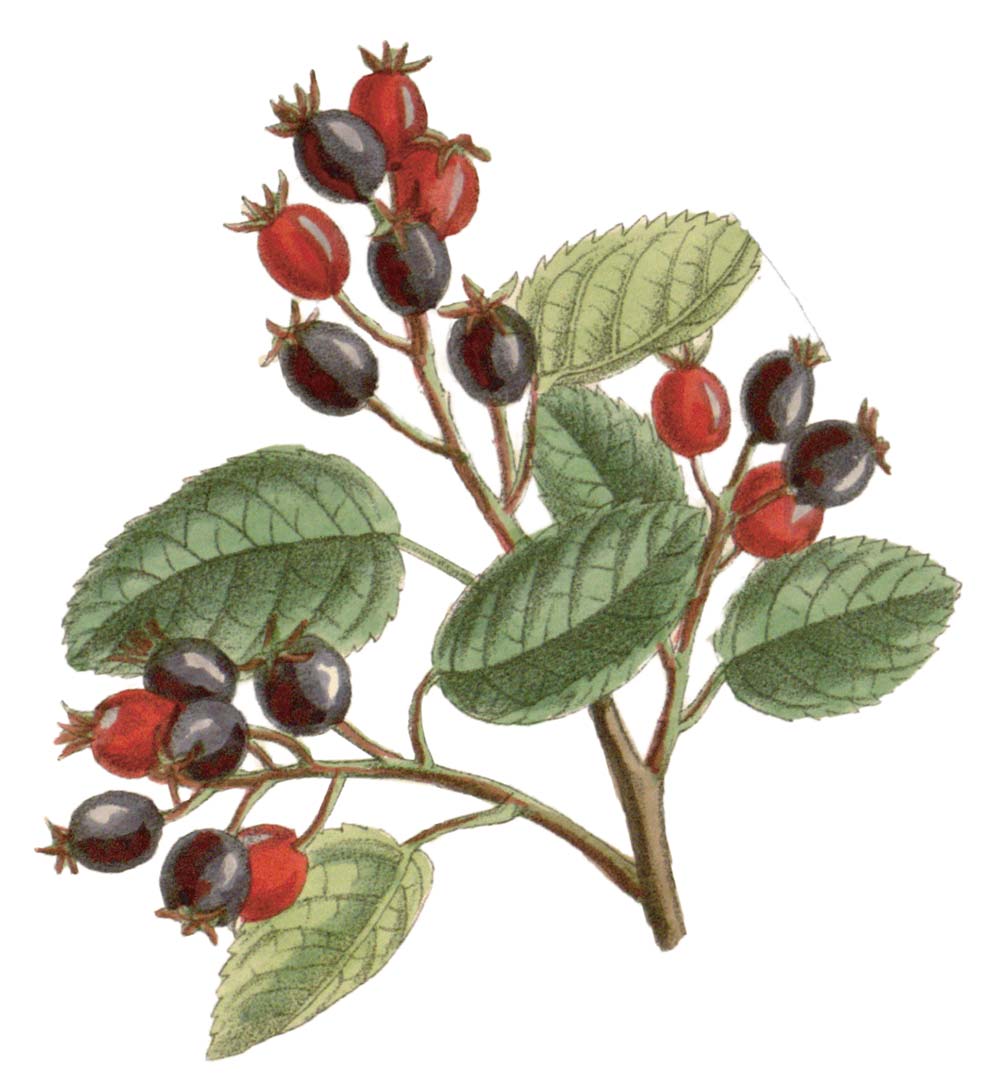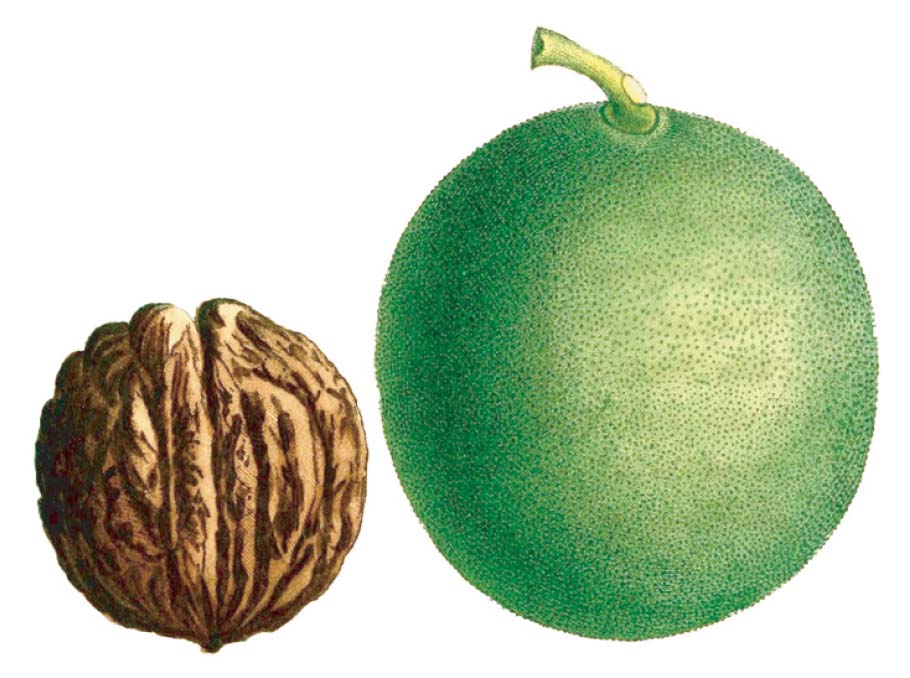A Season to Savor Old Ways in New Ways
Two of my favorite books from the last few years emphasize seasonal cooperation. I suppose this is another way to suggest what most people would refer to as “eating local.” But I would like to take the concept a bit further than that, especially during the holiday season when nostalgia, food memories and family gatherings swirl in our heads.
In his 2017 book, The Cooking Gene, Michael Twitty describes the homecoming-revivals of Virginia, where northern relatives would return to their old homeplaces, as “sumptuous affairs … country ham from hogs raised on chestnuts, acorns, hickory nuts, and peanuts; chicken that was fried or fricasseed; wild turkey; corn pone; spoon bread; hot biscuits; and whatever greens were in season: from poke, dandelion, and lamb’s-quarters in the spring to turnips and collards in the fall. Springtime and summer meant fried or roasted fish would be on the menu—from shad to bream to catfish—or fried rabbit, stewed okra and tomatoes, fresh field peas studded with salt pork, and huge peach cobblers with heavy, sweet crusts sweetened with cinnamon and brandy. Fall and winter brought venison, apple cobbler and fried apples…” (p. 46)
The seasonal cooperation that Twitty describes is not just about the pairing of food but also about the seasonal cycles of such celebrations. Perhaps it happens the week after all the planting has been done, or perhaps just after harvest when time could be set aside to enjoy a homecoming of friends and family. Or maybe it was simply the practical side of feasting and sharing food after hunting, fishing or gathering; or the weather was just right for curing, smoking or drying.
Similarly, Sean Sherman writes in his 2017 book, The Sioux Chef’s Indigenous Kitchen, “In my mind’s eye, I could see that long ago the tribes were sovereign over their food systems, maintaining food security through a rich knowledge of the land and its food resources. They cultivated crops, foraged wild foods, hunted, and fished as good stewards.
They relied on complex trade, held feasting ceremonies, and harvested food in common sites … I found that, more than anything, my ancestors’ work was guided by respect for the food they enjoyed. Nothing was ever wasted; every bit was put to use. This sparked creativity as well as resilience and independence.” (p. 4)

Serviceberry | Curtis’s Botanical Magazine, London., vol. 141, wikimedia commons
So, what might seasonal cooperation look like in the Bluegrass today? I suppose the only way to truly answer this is to be keenly aware of our natural surroundings. That is not so easy to do as we slide further down the gullet of the industrial food system, having nothing to do with our food except the act of eating it. Start to imagine what you would eat if you had to procure it for yourself. Is there a persimmon tree in the neighborhood or a serviceberry down the block? Have you ever imagined tapping into your maple tree, literally, for some home-harvested syrup? Do you hunt wild turkey, deer or rabbit; fish for bass, or know someone who does and is willing to trade? Have you tasted wild spinach, or lamb’s quarters, “weeded” from your garden? Are you lucky enough to know the secret location of a morel mushroom colony? Even plants that we think of as strictly ornamental previously served some seasonal food use. Sumac berries, juniper berries and even a sprig of cedar to braise with meat.
Sean Sherman reminds us that a diet indigenous to a place is “hyper local, ultra-seasonal … a diet that connects us all to nature and to each other in the most direct and profound ways.” I am going to pay closer attention to my natural surroundings and begin to ask the question: What was eaten in this place when communities were more directly responsible for feeding themselves? It will be an exercise in appreciation even if I don’t master mushroom hunting, field dressing or spear fishing.

Black Walnut: Biodiversity Heritage Libary





